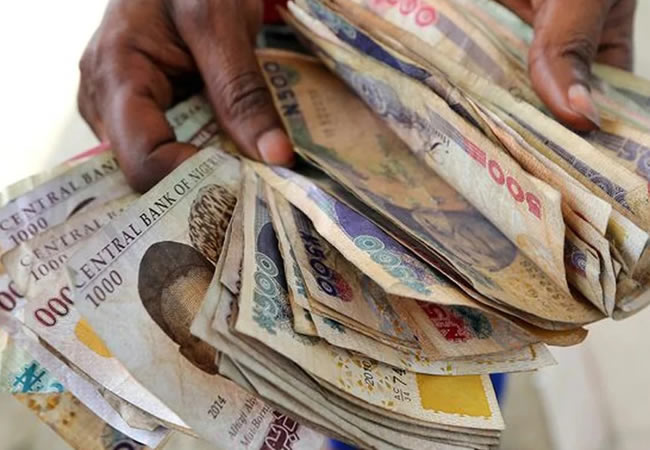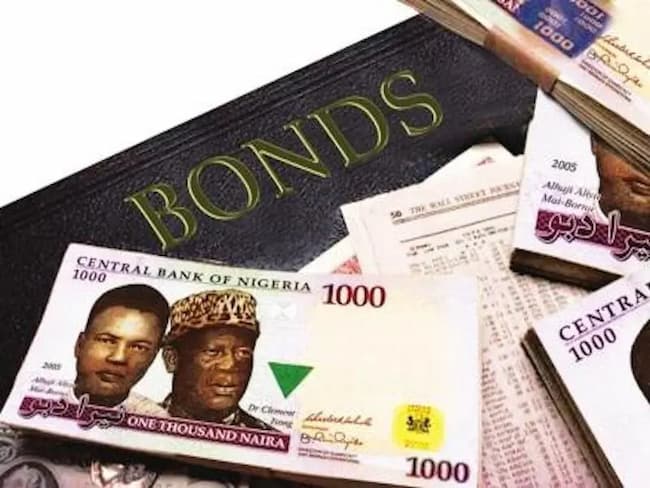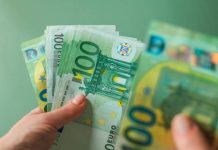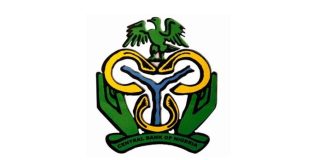Nigerian naira exchange rates fell across the currency markets on Monday, as the economy’s foreign exchange problems persisted. The naira declined by more than 4% at the official window as demand forces altered the exchange rate curve.
The naira recovered strength in the foreign currency market last week as a consequence of a reduction in forex demands, aided by strong inflows into the Investors and Exporters window in September.
The scarcity of US dollars in the economy grew acute as a result of bad foreign exchange policy decisions made by the former governor of the Central Bank of Nigeria (CBN), who introduced capital restriction measures. Such protectionism hampered foreign investors’ capacity to repatriate cash overseas, while the central bank boosted net external reserves to handle the subtle FX crisis.
Following a decision to devalue the naira in June, exchange rates have been unstable at both organised and open FX markets as a result of weak US dollar inflows into the economy.
“Foreign inflows remain at a pre-pandemic level. Exchange rates have been weakening as forex demand by Nigerians has surged above what the supply side can meet. In the foreign exchange market, the Naira depreciated by 4.27% in the Investors and Exporters) window, closing at N773.54 to the dollar from N741.85 per dollar the previous day.
Also, rising demand by invisible FX users in the parallel market shifts the exchange rate curve. After soft moderation that was achieved last week, the exchange rate declined to N1,004 against the US dollar. #Naira Devaluation Deepens Economic Crisis in Nigeria
The market is awaiting the magic wand of the CBN Godwin Yemi Cardoso to stabilise the worrisome decline in the value of the Nigerian naira. Cardoso’s team projected an external reserve target of USD50-60 billion and monthly inflows of USD6-8 billion would be required to stabilize the exchange rate.
The Nigerian Autonomous Foreign Exchange Fixing (NAFEX) rate traded within the range of N700-N819.9 but closed at N741.9 on Friday, according to Coronation Research. Analysts said this points towards an appreciation of +1.8%% or N13.4 over the week. In the forwards market, fx traded within the range of N761-N819, analysts said in their reports.
“Based on our channel checks, we note that in the parallel market, the Naira closed at an average of N1000 per US dollar. Therefore, the gap between the NAFEX and the parallel market rate is 34.8%”. According to data from FMDQ, NAFEX turnover declined by -30.9% or USD146 million over the week to USD326.4 million on Friday.
The NAFEX window recorded an inflow of USD399.6 million with the CBN accounting for 3.2%, FPIs accounting for 2.2%, non-bank corporates accounting for 47.1%, exporters accounting for 37.4%, and others accounting for 10.1%.
Amidst the oil market rebound, Nigeria’s external reserves declined by -0.03% or USD10.6 million to USD33.2 billion as of Friday’s close.














